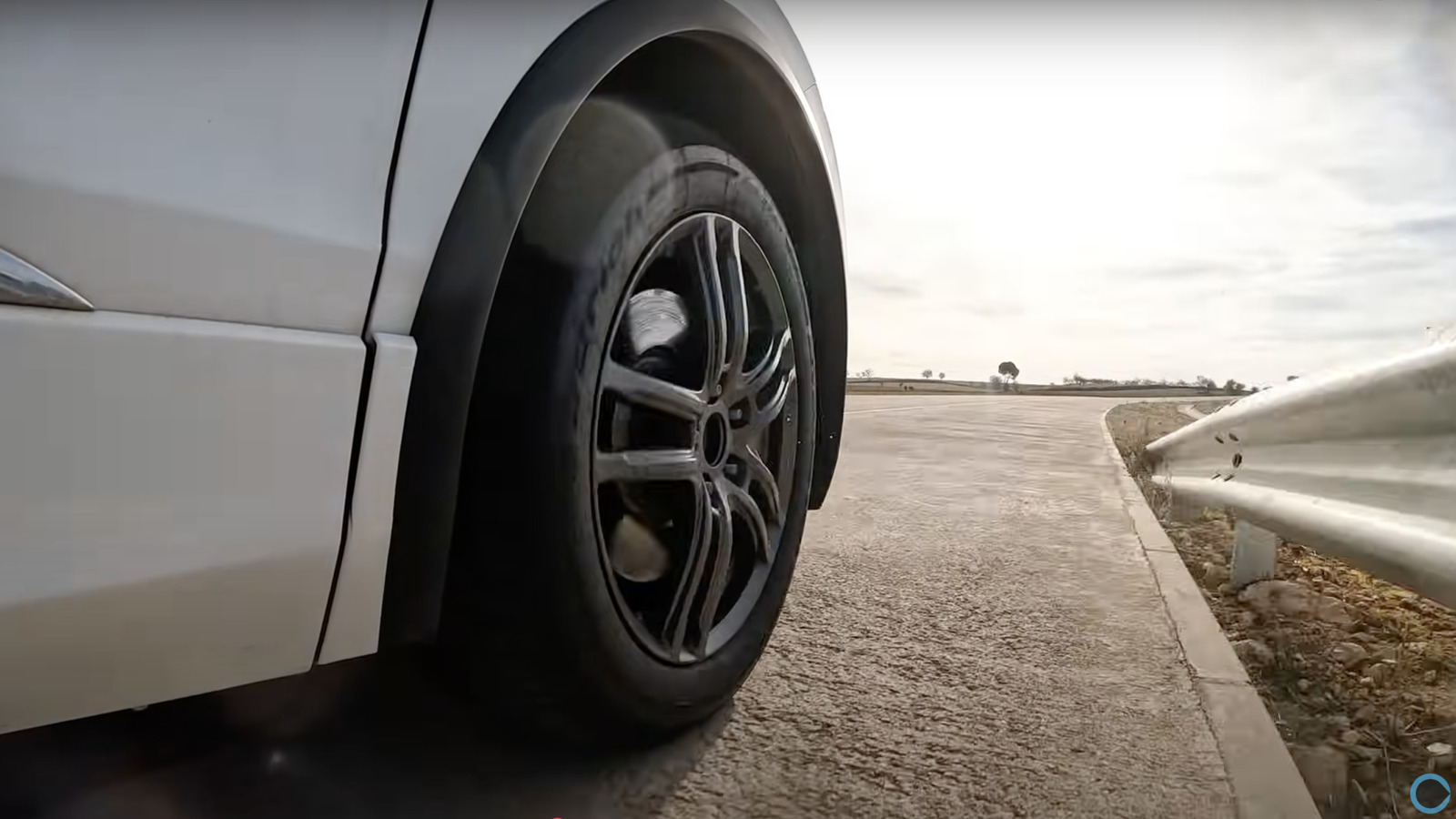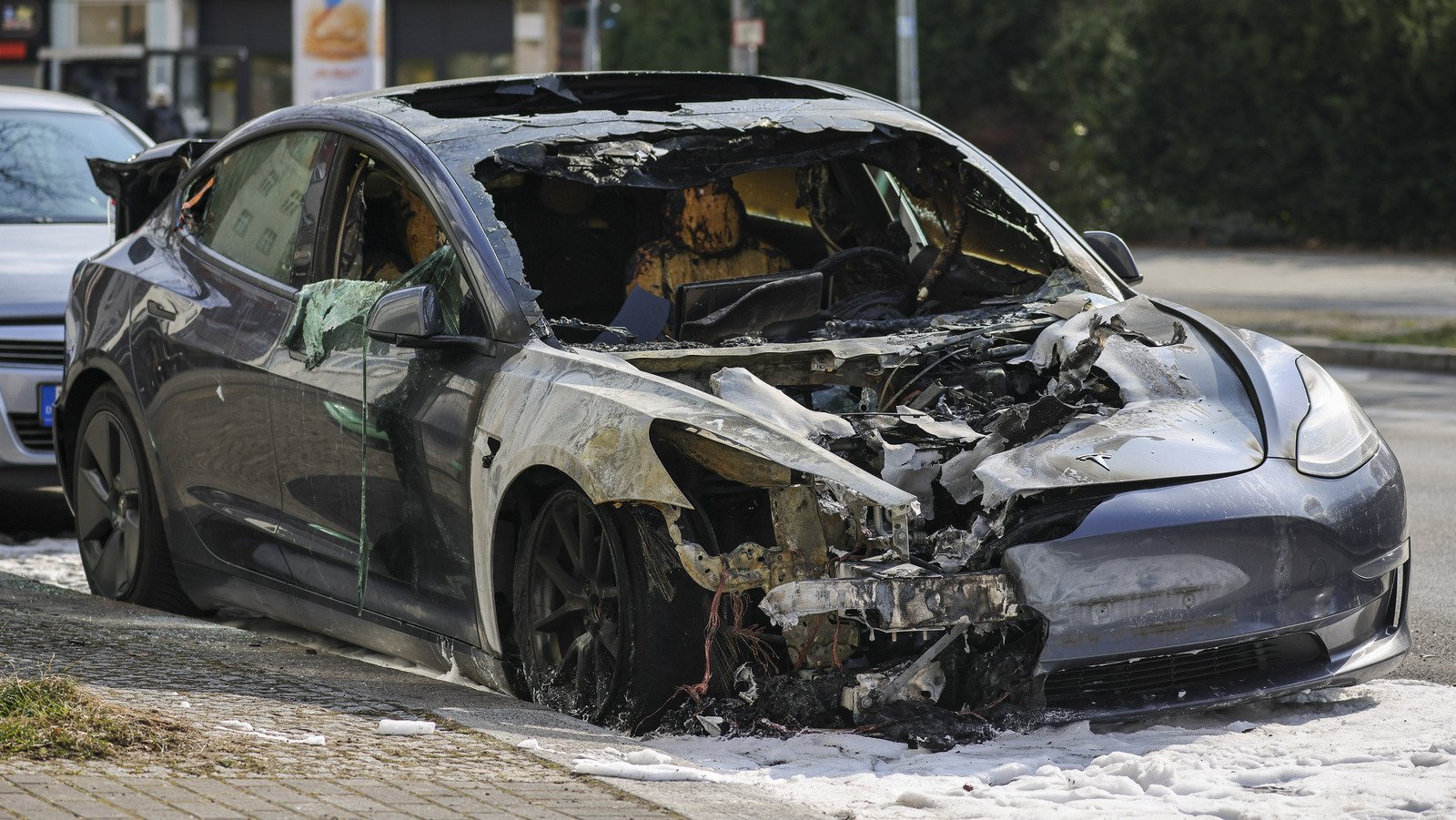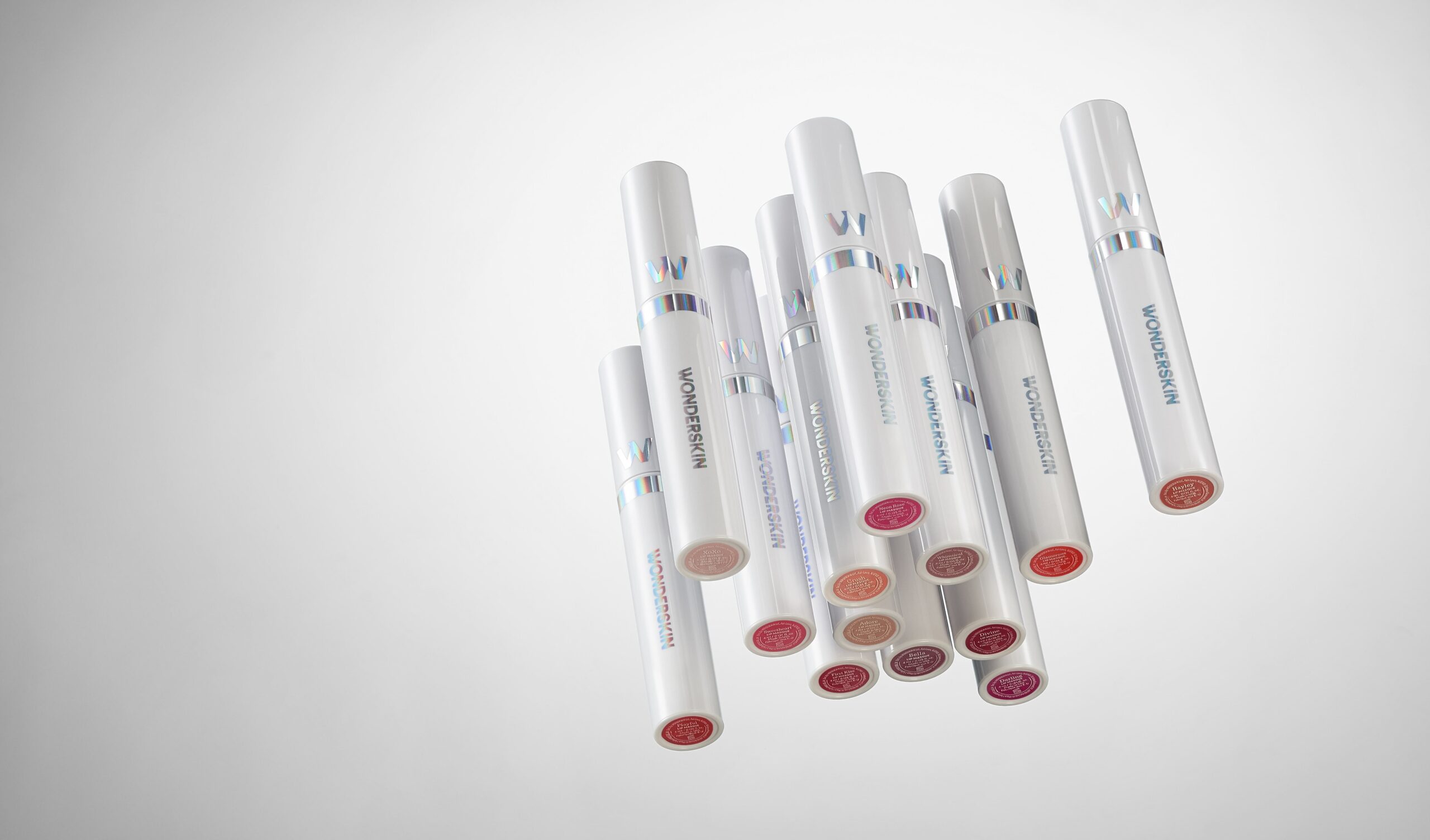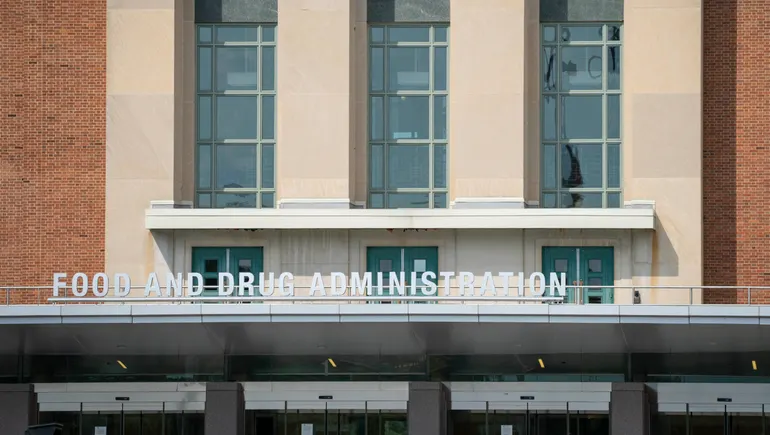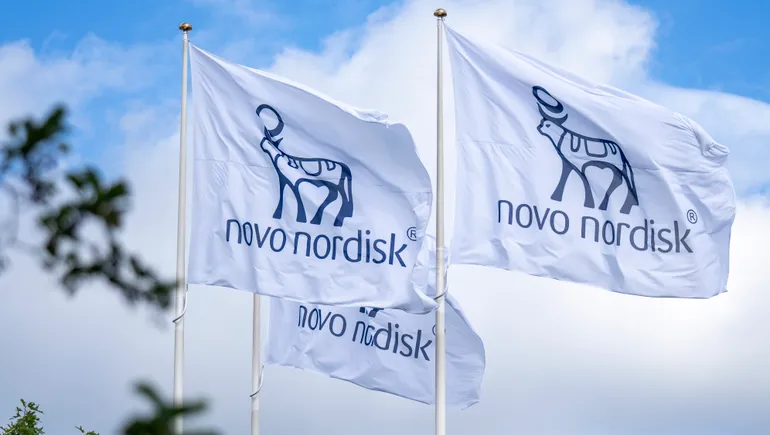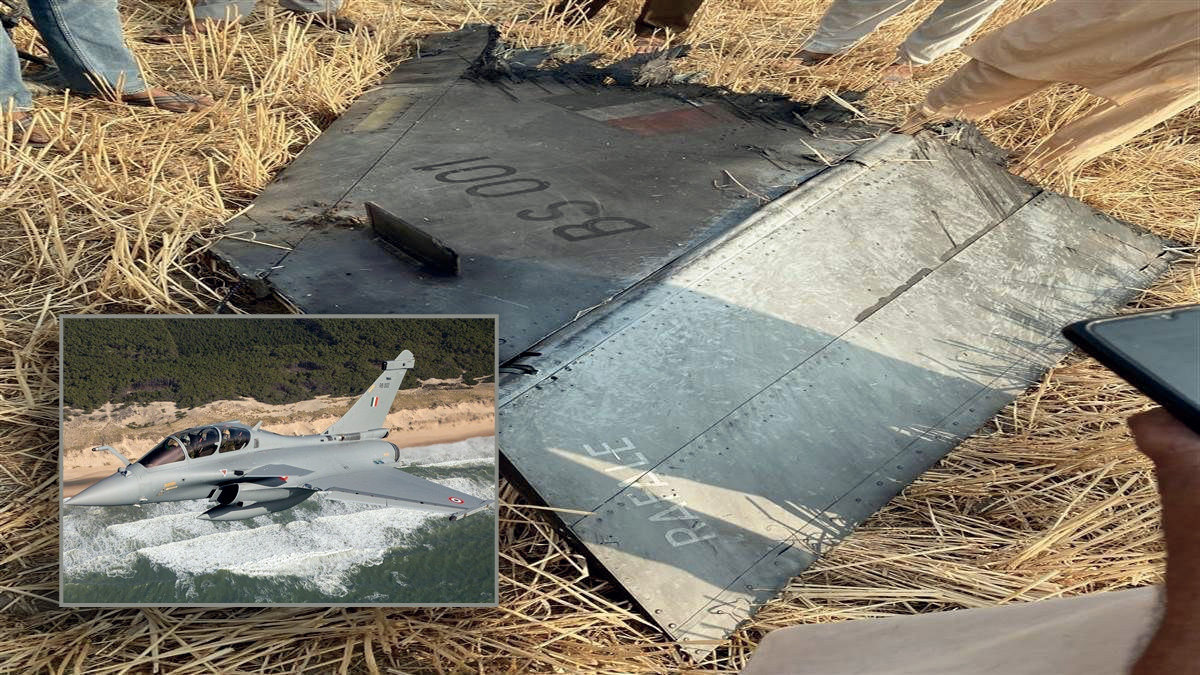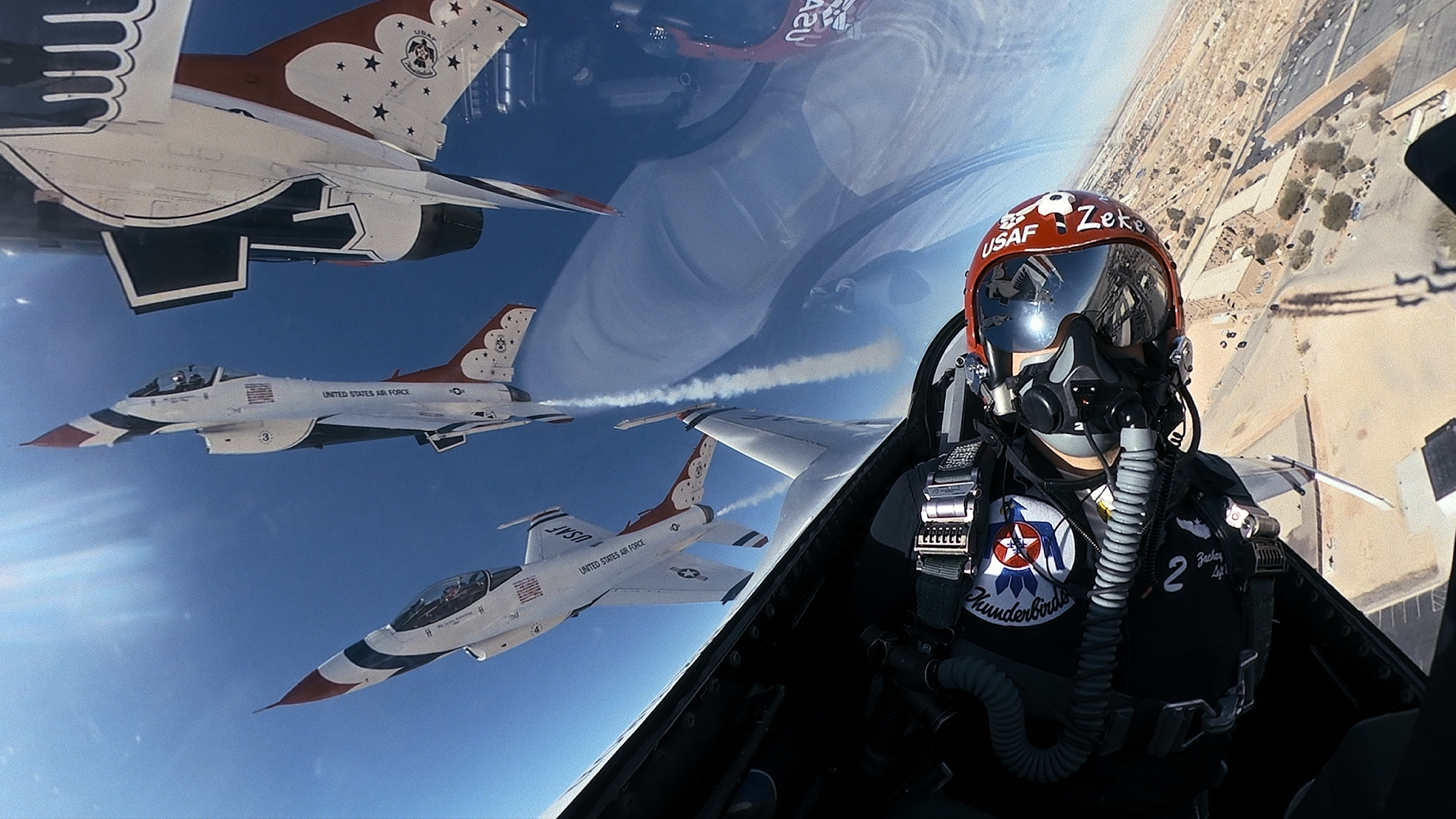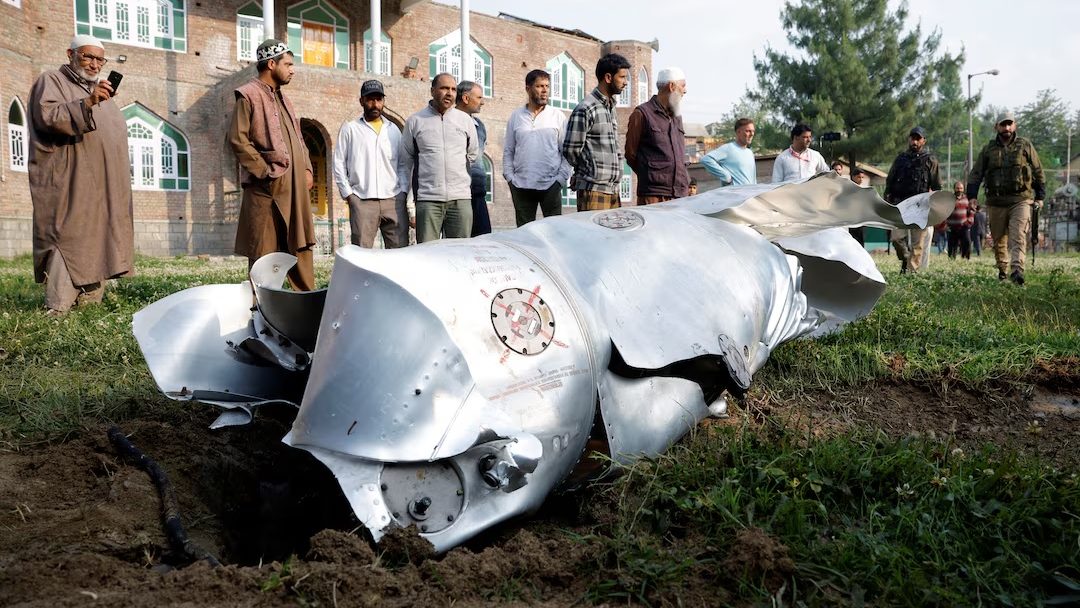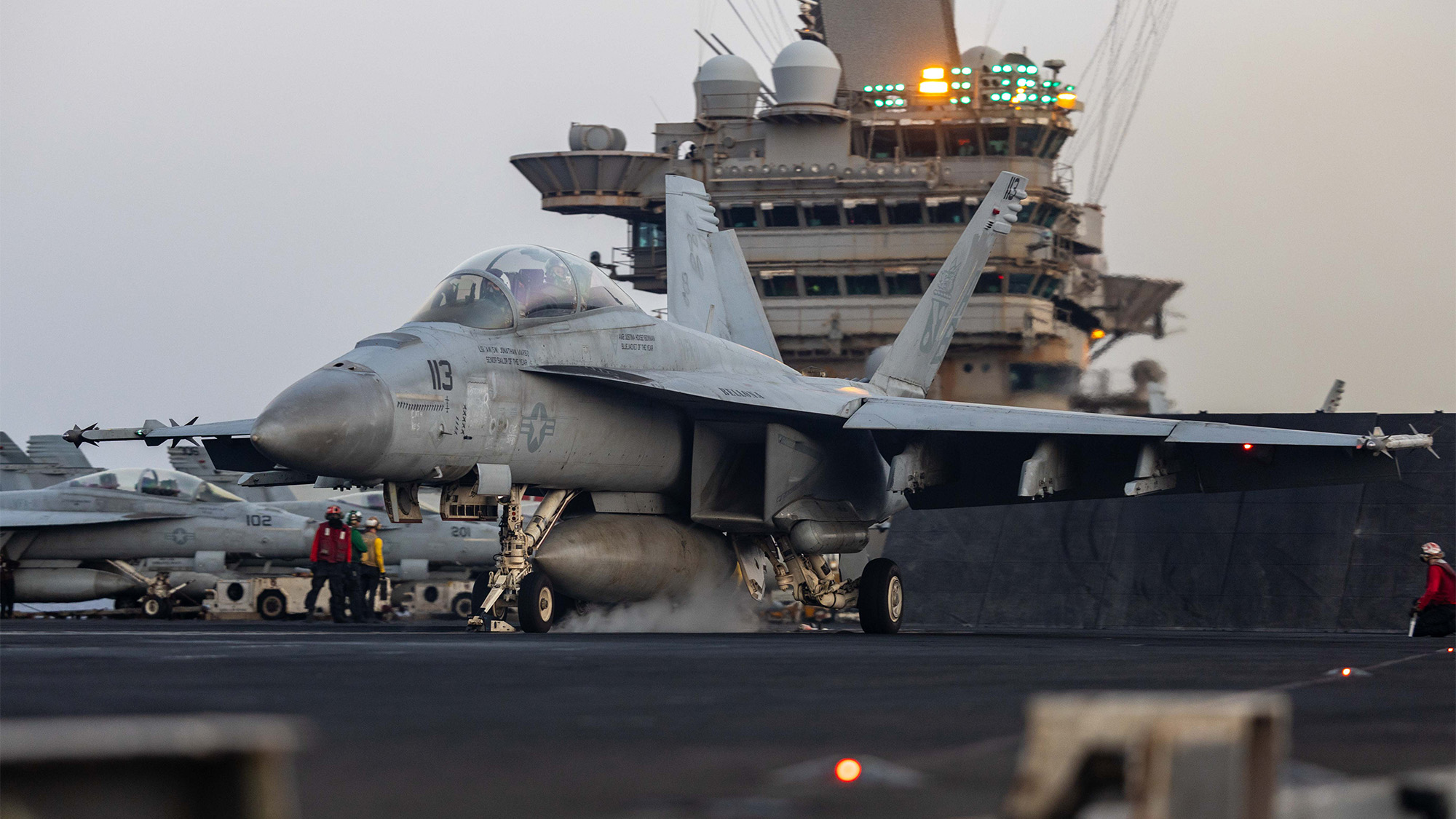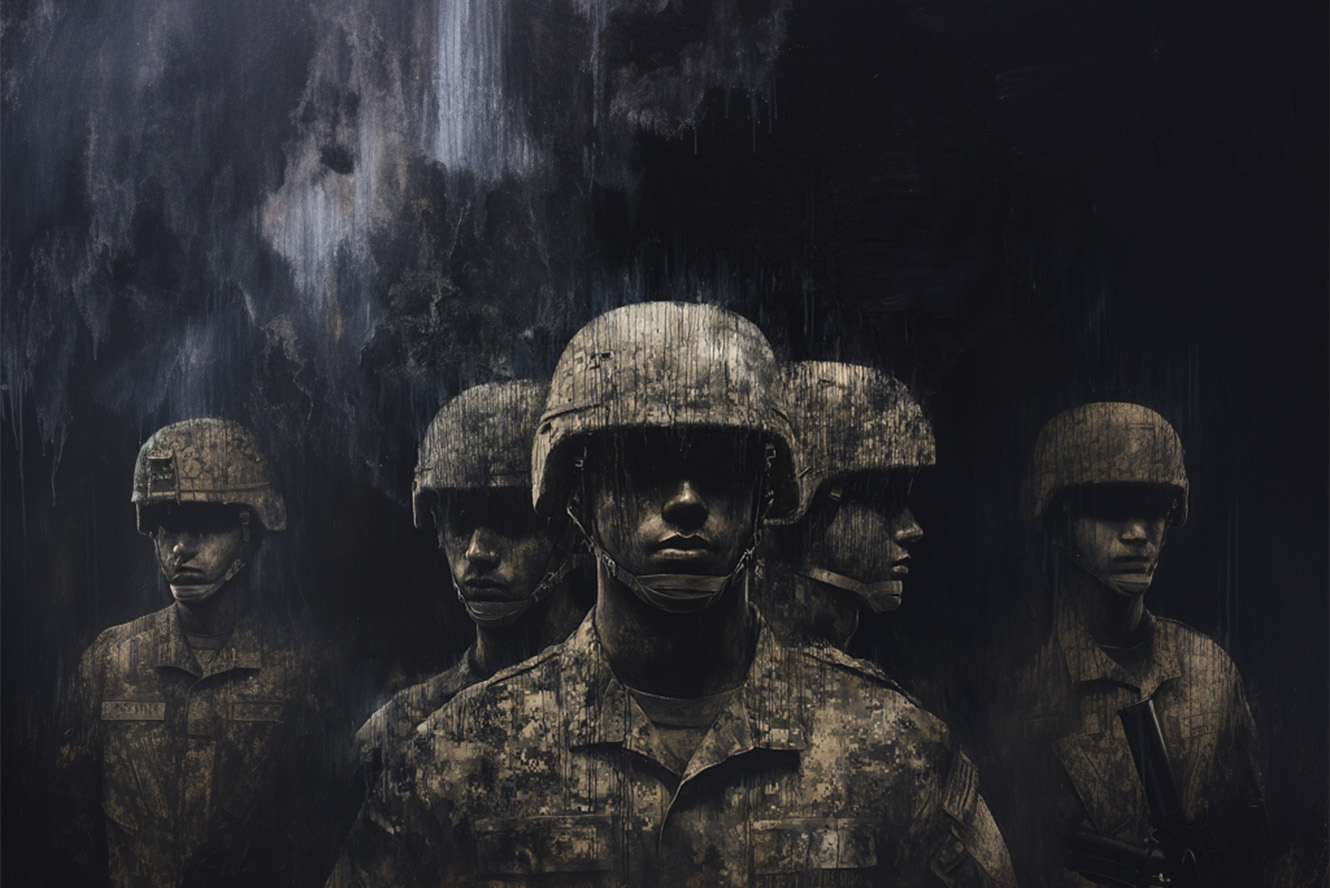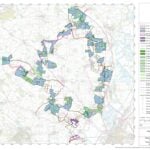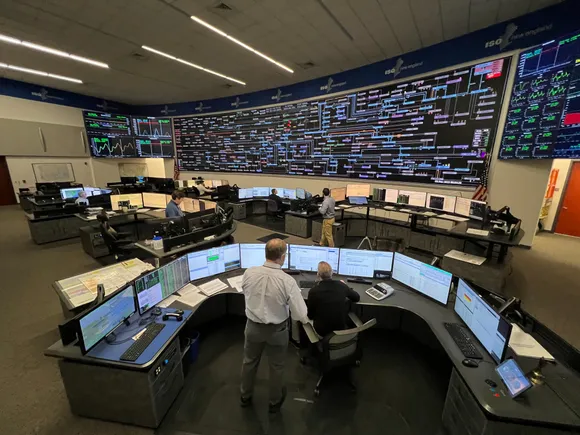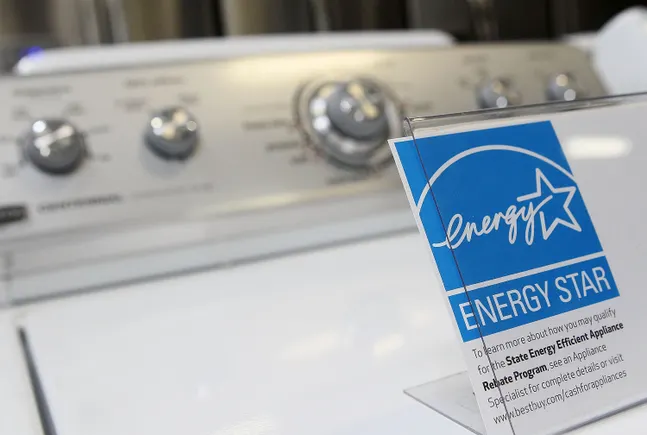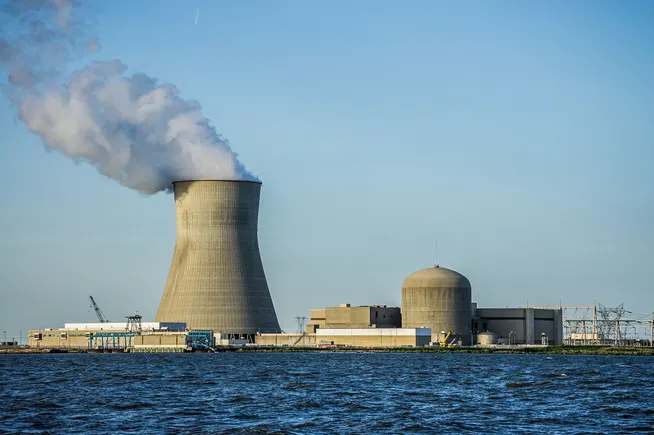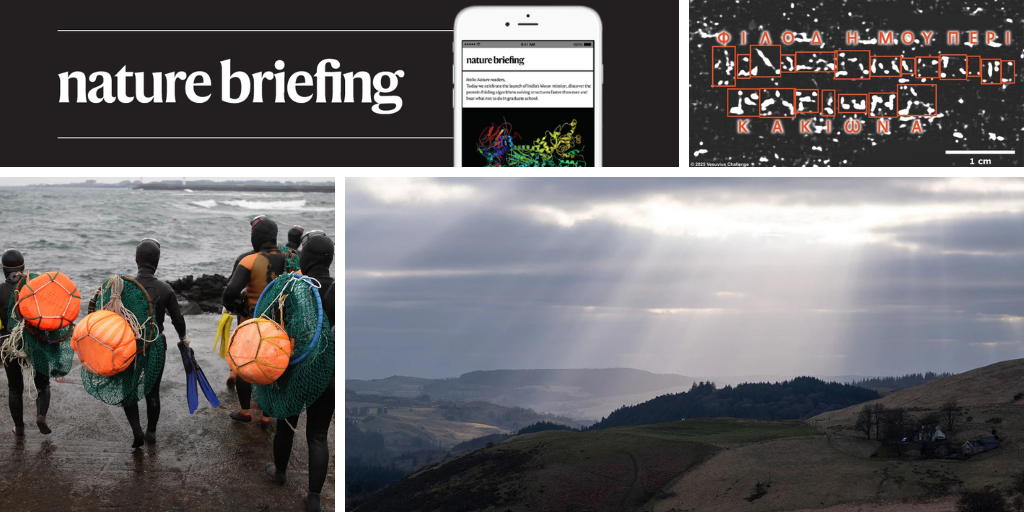DISA officials push for stricter data standards across COCOMs, allies for CJADC2 effort
“CJADC2 was never meant to be a silo for each theater,” Director of DISA Pacific Miyi Chung said. “It is meant to be enterprise and it is meant to be global, but because we have not delivered that enterprise solution, each theater is implementing its own flavor of CJADC2.”


U.S. Marine Corps Sgt. Justin Piegari, a native of New York and a sensors operator assigned to Marine Unmanned Aerial Vehicle Squadron (VMU) Three, operates the sensor of a MQ-9A Reaper during an unmanned aerial system tactics training. (U.S. Marine Corps photo by Cpl. Marc J. Imprevert)
TECHNET CYBER 2025 — Officials from the Defense Information Systems Agency called for stricter data standardization policies for data sharing between combatant commands and allies on Tuesday, arguing that the disparate and siloed networks across theaters are hindering the department from making progress in its Combined Joint All Domain Command and Control (CJADC2) initiative.
Rodolfo “Raven” Fuentes, technical director of DISA Europe, said that not only do US partners and allies have their own data repositories, but they’re also at different points in their journeys toward achieving secure networks. This, he said, makes it hard to achieve interoperability with allies and partners, which is essentially the whole purpose of CJADC2 — the DoD’s vision to create an all-seeing, all-connected battle network across the joint force and key international allies.
“Ultimately, some of the problems that we’ve seen have everything to do with disparate networks, and that is from a multitude of countries that have advanced at different levels in their overall understanding of information and cybersecurity — as well as just the overall data standards — there is none,” Fuentes said during a panel discussion here in Baltimore at the TechNet Cyber Conference.
“There’s a complex problem that we need to try and resolve so that there’s some type of data standard. So within policies, I think we can develop something that’ll allow us to all utilize those same data standards and share information at a faster rate. I think that’ll really get us to where we need to be.”
Technical Director of DISA Global Jerusha “Drew” Cooper echoed Fuentes’ statements, pushing for more stringent data standardization policies. However, she argued that policy must be done “right,” otherwise it can lead to more burdensome bureaucratic processes.
“It is very important to get policy correct. I think that when it’s done right, it can leave opportunities for interoperability and making sure that we’re sharing our data and keeping our critical data and operations safe. Done wrong, it looks like a lot of red tape and removes our agility and can be counterproductive to a lot of our goals,” Cooper said during the panel discussion.
She added that doing policy the “right” way looks like incorporating it into the early stages of technology development. For instance, ensuring that security policies and standards are considered when developing a shared cloud environment or software program, a process otherwise known as DevSecOps.
Miyi Chung, technical director of DISA Pacific, also shared concerns over the need for better policy surrounding data standardization, emphasizing that the DevSecOps process allows for allies and partners to be on the same page regarding security implementations when developing technology. She said right now, this isn’t the case, and it is contributing to the siloed-nature of data for those involved in CJADC2.
“CJADC2 was never meant to be a silo for each theater,” Chung said. “It is meant to be enterprise and it is meant to be global, but because we have not delivered that enterprise solution, each theater is implementing its own flavor of CJADC2.”
For example, she said the combatant command she works with, the Indo-Pacific, has the Joint Fires Network which is a battle management system that displays real-time action threat information to joint and partner forces.
Though it’s desirable for the US’s combatant commands and its allies and partners to have the same standards, Fuentes acknowledged that each theater has some of its own characteristics that may require specific capabilities.
“Everybody’s got wonderful silos of excellence. Problem is, that’s not what we’re looking for. We want to be able to provide something that’s globally accessible, that really is a combined, joint all domain command and control capability,” Fuentes said. “That’s what we’re looking for. There’s no one size fits all, but […] there’s common problems, there’s common items, common things that are needed within each combatant command, within each region, and so that’s what we probably need to focus on.”

































